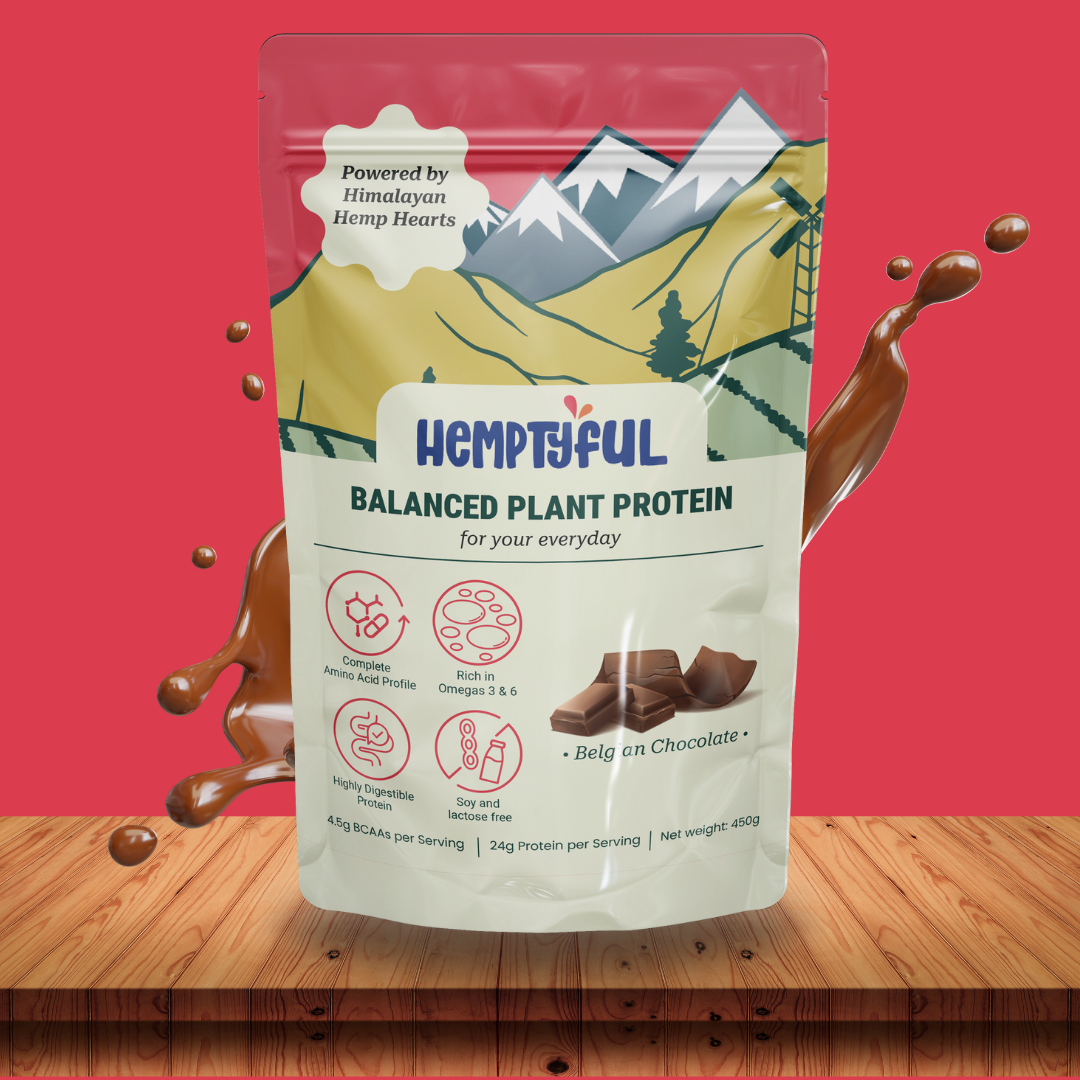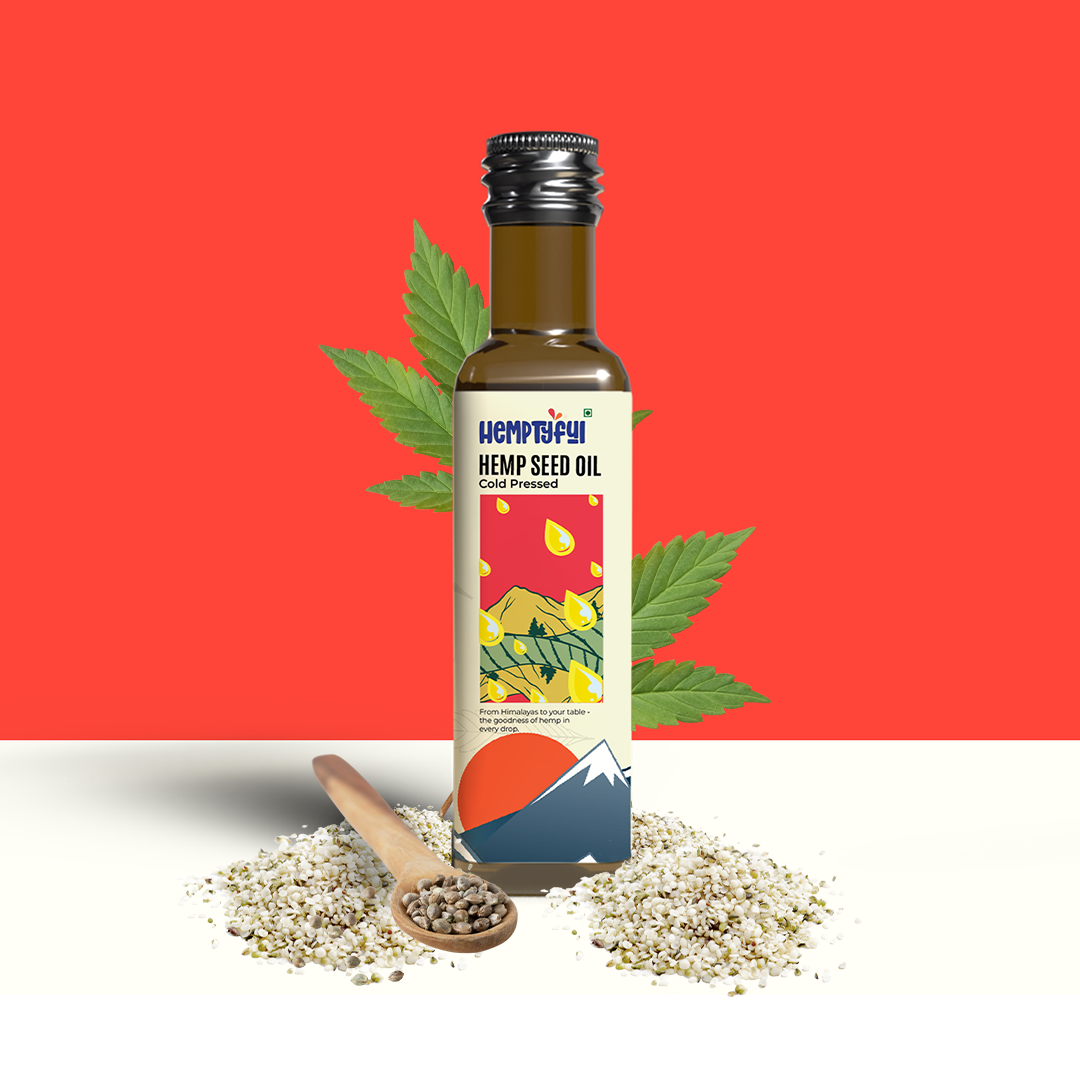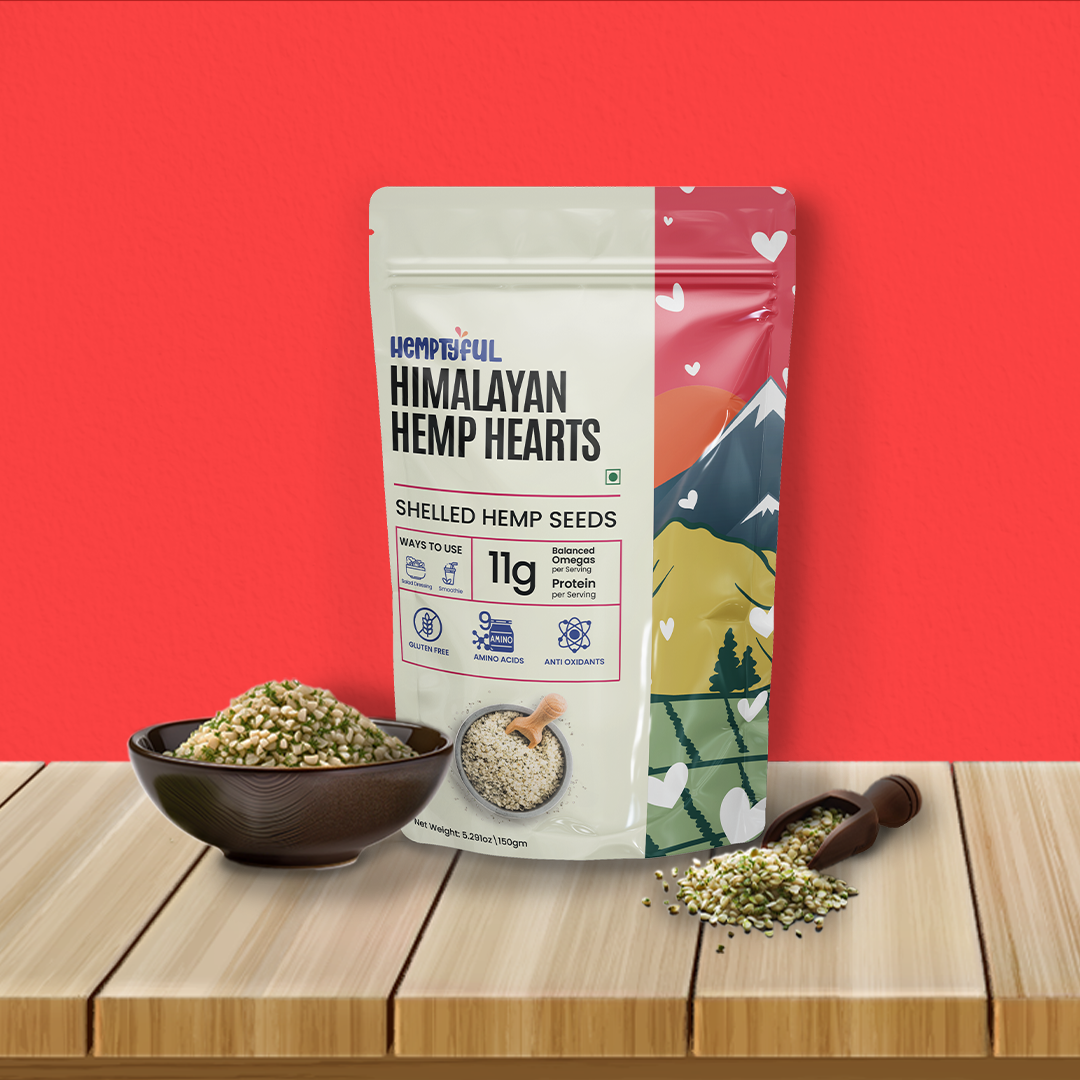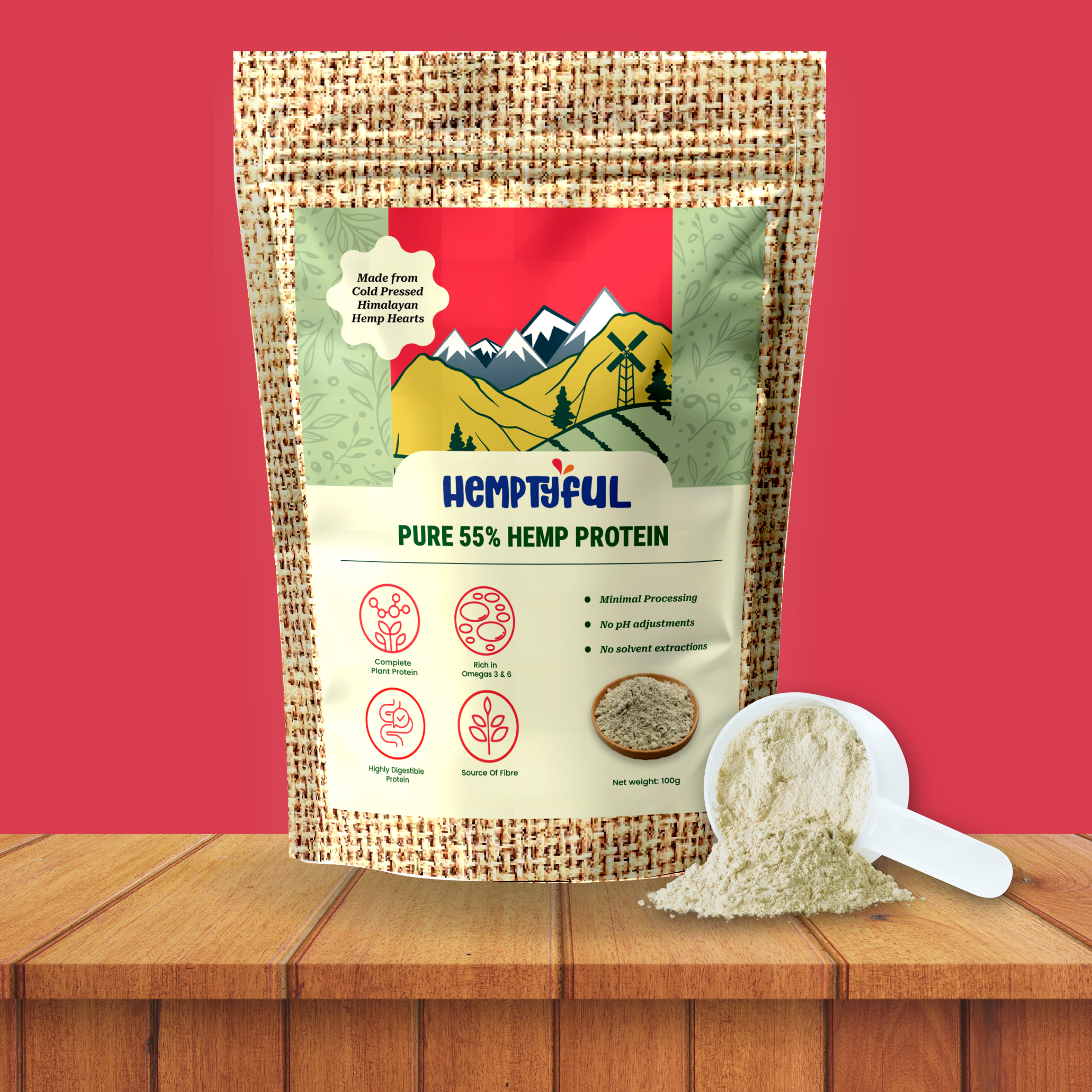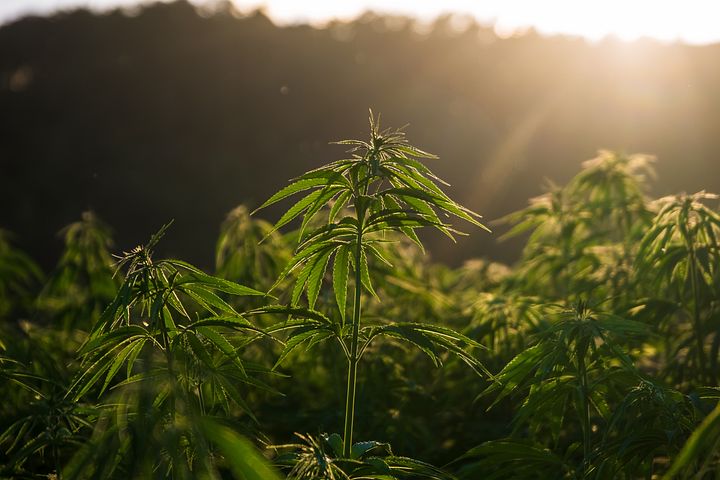For thousands of years, humans have cultivated and utilized the wild hemp plants for food, medicine, and fabrics. Hemp is possibly one of the oldest plants that humans have farmed for nutritional and medicinal purposes. Around 2,700 BC, people in ancient China appear to have begun cultivating hemp. and it spread to Europe approximately 2,000-2,200 years ago, according to historical records.
The human relationship with hemp is multifaceted, with humans consuming hemp in a variety of ways. According to some sources, the spine of the first copy of the Bible, as well as Christopher Columbus’ ropes and canvas sails, were made of hemp fibres. Hemp is an enthralling plant and a renewable resource that is used in a variety of crucial and beneficial commercial products. Hemp is now used for various industrial purposes, including the production of fibres, non-dairy milks and milk powders, bioplastics, and CBD (cannabidiol) extracts, to name a few.
Energy crops grown on arable land can reduce reliance on depleting fossil fuels and help to mitigate climate change. One of these crops is industrial hemp. It traps carbon dioxide at a faster rate, implying that it can store solar energy.
The Life cycle of Hemp
If one wishes for cultivating Hemp or low THC cannabis, it’s important to understand the various stages of the growth and in parallel the varying amounts of light, nutrients, and water necessitated. These stages indicate when the plant should be transplanted, pruned, or trained. The stages of growth also play a role in determining a plant’s sex and overall health. Cannabis’ life cycle can be divided into four stages, from seed planting to flower harvesting:
- Germination
- Seedling
- Vegetative
- Flowering
With a little soil, water, and warmth, the seed will sprout in 5-10 days! When the seeds germinate, the leaves sprout and the roots grow. The flowering stage is the final stage of development. When the flowers begin to bloom, they require a different type of attention. This is the stage at which the resinous buds appear (where the majority of the cannabinoids are present).
Plants are grown differently depending on their intended use. Hemp grown for high seed yield or essential oil extraction has different seedbed preparation and seeding procedures than hemp grown for fibre or hemp grown for cannabinoids. Hemp is typically direct-seeded using standard seed drills similar to those used for wheat or small legumes when grown for fibre or seed production. Grain varieties are frequently shorter in height, which reduces the amount of biomass that passes through the combine and the amount of wrapping in the combine. Fiber hemp cultivars are typically taller and prefer vegetative growth to seed production. High CBD strains are typically grown with only female plants because combining male and female plants results in increased seed production and decreased cannabinoid yields. However hemp can be bred to have dual properties as well, thus effectively making it a zero waste crop.
Chemical specifications
Industrial hemp is a highly effective weed suppressor. This crop requires no chemicals to grow. Industrial hemp requires little upkeep. There are no approved weed control chemicals for hemp. A typical stand of 200 to 300 plants per sqm shades out weeds, resulting in weed-free fields at harvest.
In the United States, however, a large number of arthropod species have been documented to feed on hemp. Corn earworm, Helicoverpa zea (Boddie) (Lepidoptera: Noctuidae), has demonstrated the greatest potential for crop injury among key pest species, being particularly damaging to flower buds. There have been some preliminary efforts to develop integrated pest management strategies for these insects, particularly corn earworm. This includes basic information about the life histories of various species, an assessment of injury potential, the identification of monitoring methods, and an evaluation of various types of controls (e.g., biological, cultural, chemical).
Water necessities
According to a study published in the Central Asian Journal of Water Research on the water consumption of industrial hemp in Northern Kazakhstan, hemp can exploit soil moisture that has accumulated ahead of the growing season. Hemp farming requires significantly less water than cotton farming. The Stockholm Environment Institute compared cotton to hemp and discovered that one grow used approximately 10,000 litres of water to produce 1kg of cotton compared to approximately 300-500 litres of water to produce 1kg of dry hemp matter, of which 30% is suitable for fibre production.
Hemp’s sustainability
Hemp has the potential to be grown in a sustainable manner because it is a hardy, tolerant annual plant that consistently yields high yields. Rather than depleting other resources to meet industrial demands at the expense of the environment, this resource could serve as the foundation for a pollution-free eco-industry. Hemp, on the other hand, can be grown organically. Rather than large factories with smoke stacks and hazardous chemicals, fibres are extracted by bioretting from the stem. Retting is the process of removing bast’s non-cellulosic materials. Hemp-based building materials like hempcrete and hemp based paper can be used in place of wood. These wood-like building materials are more durable than wood and can be produced at a lower cost than wood from trees along with a lower or negative carbon footprint. Using hemp-derived materials would reduce construction costs while saving even more trees.

